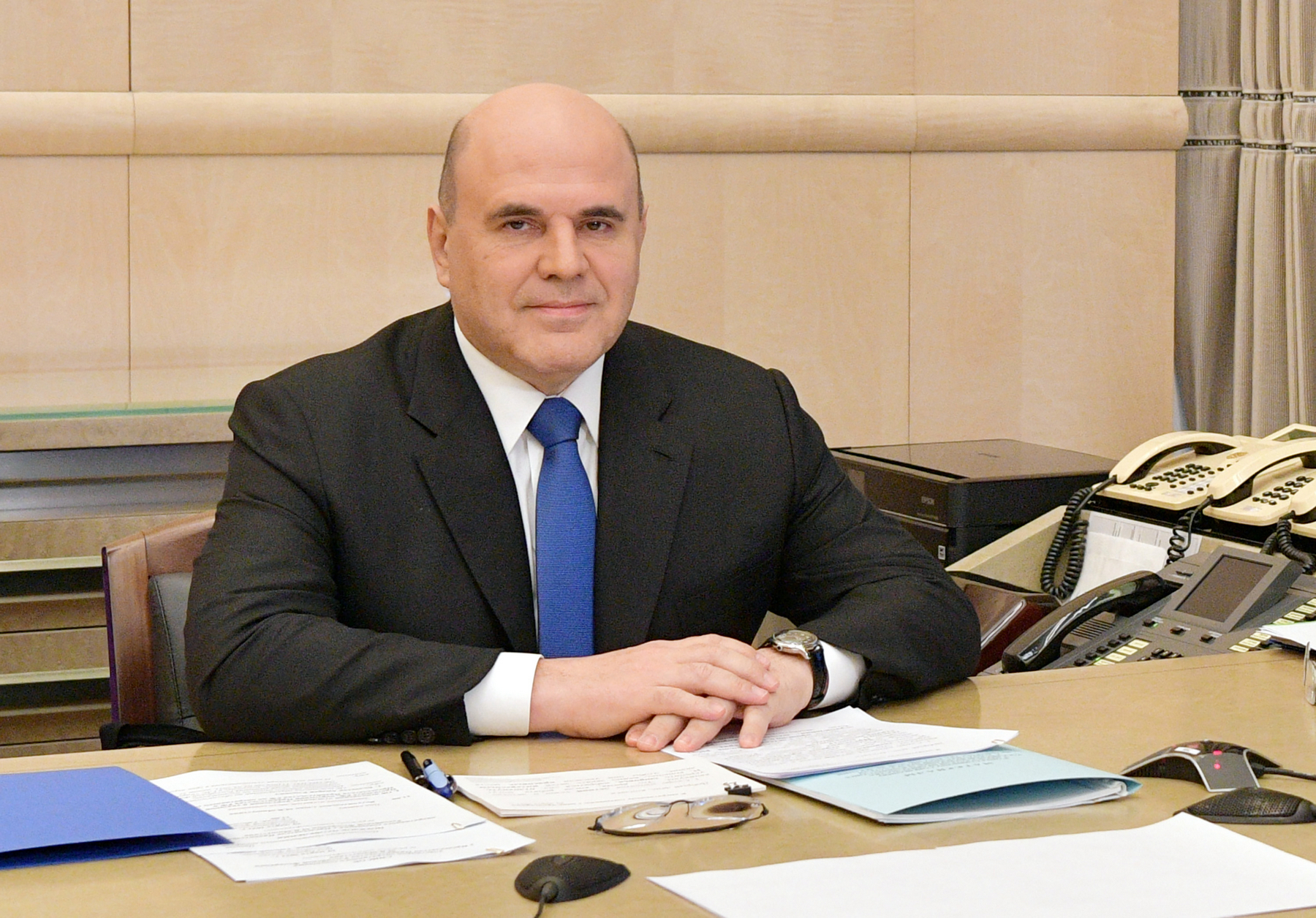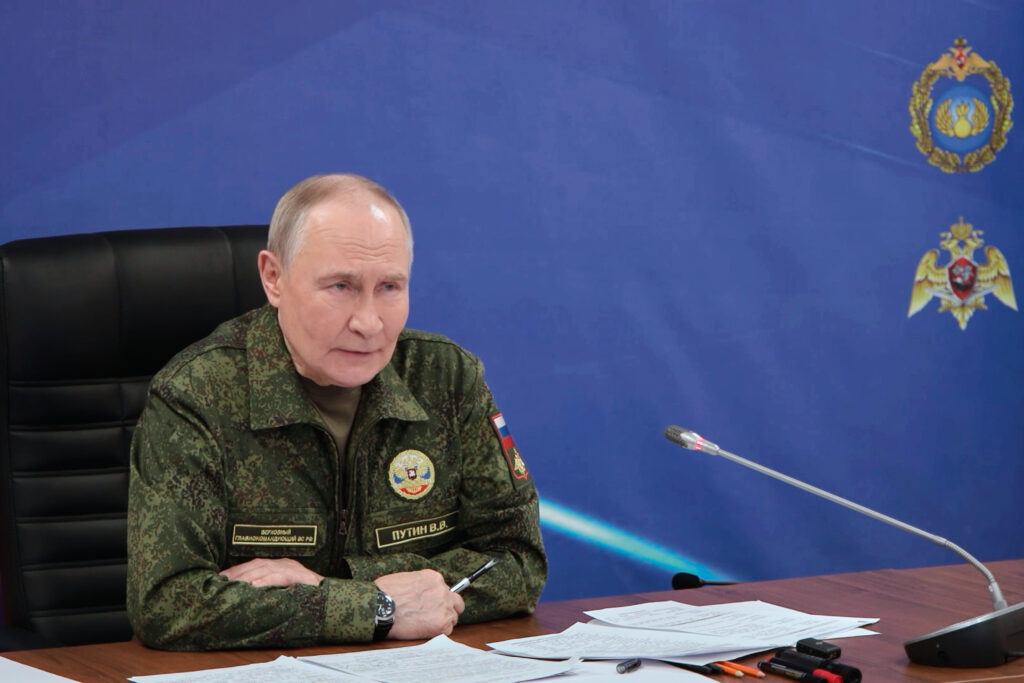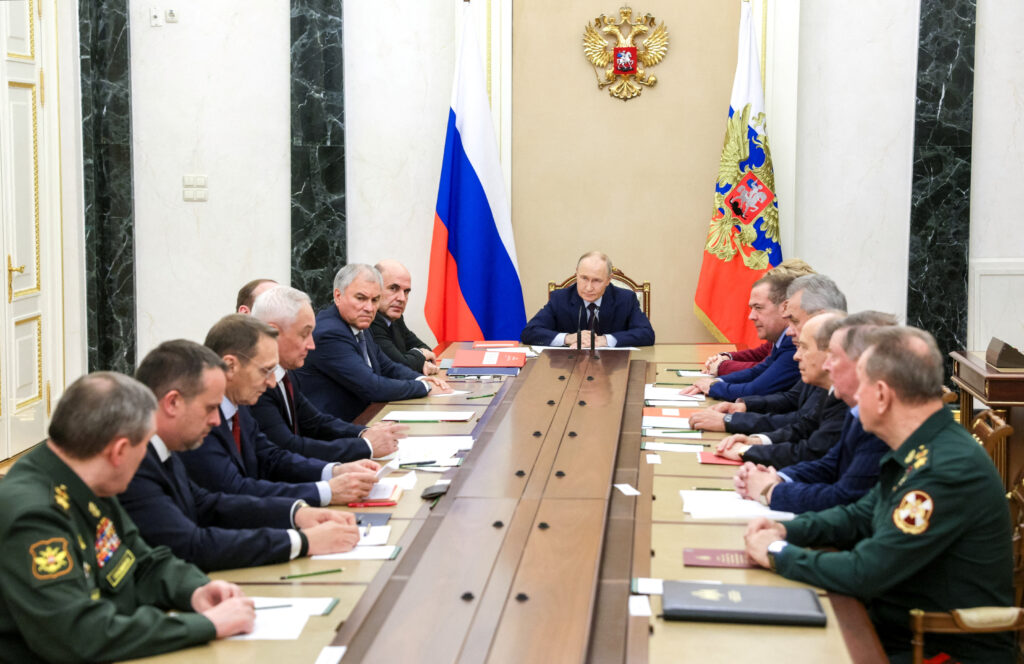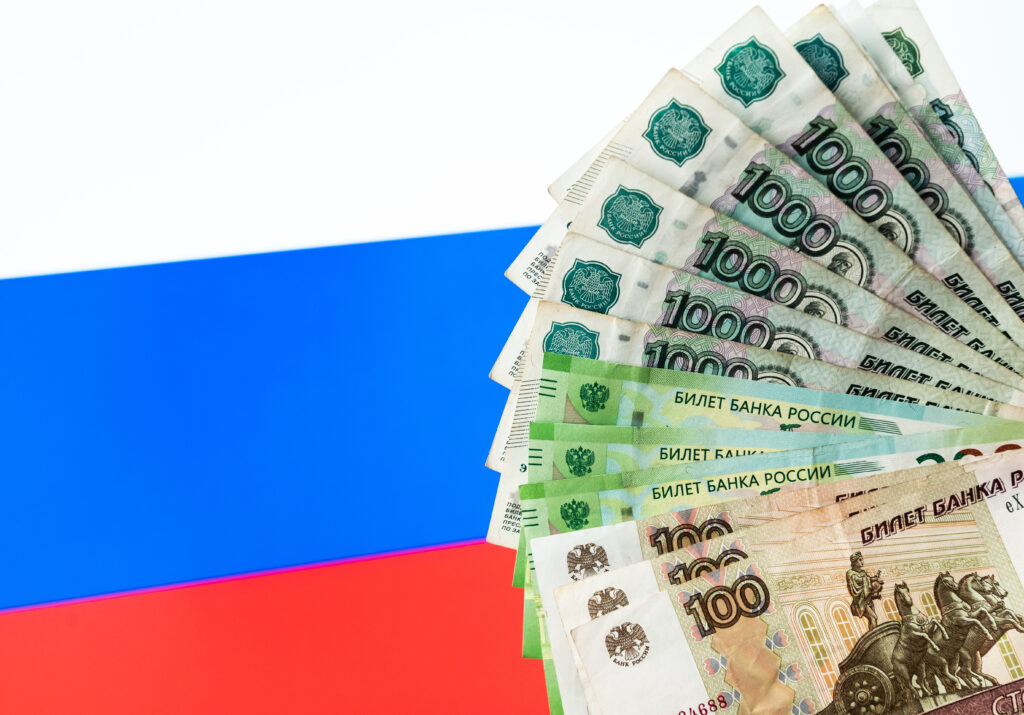On 5 March, Prime Minister Mikhail Mishustin visited a math lab at Novosibirsk’s famed Akademgorodok. When the lab’s head told Mishustin about plans for an upcoming high-level academic workshop, the Russian PM complained about the use of Anglicisms and demanded the “vorkshop” be renamed with the Russian equivalent “masterskaya”.
At first glance, this is a form of “import substitution”, a conscious policy by the Russian government to decrease external dependency by replacing foreign goods with “Made in Russia”. On closer inspection, however, this ostentatious tribute to the prevalent official discourse about Russian sovereignty distracts from how Mishustin has been tacitly pressing ahead with an ambitious vision to reshape the Russian state. Often, by drawing from foreign models.
The main purpose of this advance is to foolproof the Russian state against the drawbacks of the heavy-handed top-down mode of governance of late Putinism, squeezing out the stagnant bits of the Russian state while remaining true to its fundamentals.
The “meta-reform”: The Government’s Coordination Center
“I think he will start with reforming public administration [gosupravlenie]”, said Sberbank’s German Gref on 16 January 2020, one day after Mishustin was appointed PM. He joined Aleksei Kudrin in lauding Mishustin as one of Russia’s “best prepared and hopeful” bureaucrats. While Mishustin is best known for the digital transformation of Russia’s tax service, his vision as PM is more ambitious: Mishustin did indeed launch an administrative reform. And its scope is only comparable to the one initiated in 2003-2004. A so-called “Coordination Center” was created on 22 February 2021 and can be considered the epicenter of this reform. It is attached to the government’s in-house think tank – the Analytical Center – and is headed by deputy PM Dmitrii Chernyshenko.
The idea goes back to 2015 when President Vladimir Putin tasked PM Dmitrii Medvedev with designing a specialized “project office”. The philosophy behind this obscure “office” has been most clearly laid out by Sberbank’s Gref, who could be regarded as a founding father of what would later become the Coordination Center.
Gref’s view might be summarized as follows: The state of Russia’s economy is rotten. But before any meaningful reforms can be launched, the quality and capacity of the state’s public administration should be enhanced, ideally with the help of big business: agile project management, performance measurement, and of course digital transformation. This “meta-reform” thus would need to revamp the archaic vertical governing style of the Russian state, bringing in modern practices like performance management.
Gref is famous for having become infatuated with PEMANDU, the “Performance Management and Delivery Unit” formed in 2009 to monitor Malaysia’s “Government Transformation Program”. Ideally, such a unit would need to be attached to the “change leader” in the state, in the Russian case the presidency. And indeed, on 30 June 2016, Putin created the Presidential Council on Strategic Development and Priority Projects, essentially a coordination and monitoring group for the 2012 May decrees. Presidential aide Andrei Belousov, as the main watchdog for the implementation of the 2012 May decrees, was appointed secretary of the Council (Belousov joined the Mishustin government in January 2021 as first deputy PM). In parallel, a department for project management, was created within the PM’s executive office [Apparat Pravitel’stva].
Even though there were major issues with the implementation of the 2012 May Decrees, they were to a large degree repackaged into the 2018 National Projects. And with the reappointment of the Medvedev government after the 2018 presidential elections, the previous management structure of the May Decrees was mostly kept intact. The reactivation of the State Council did not help much to improve feedback mechanisms between the center and regions: In some spheres such as salaries for certain categories of state employees, most regions even rolled back and fell behind the 2018 targets.
While constitutional changes have received attention, the reason why the Medvedev government had to step down simultaneously on 15 January 2020 has largely remained in the dark. In hindsight, Medvedev had been increasingly seen as a hindrance for meta-reforming the Russian state. With the National Projects, Russia had its nod to the Malaysian Government Transformation Program in place, but a functioning “delivery office” and performance management was largely absent. While PEMANDU promised “big, fast results”, Medvedev played small and slow.

Russian PEMANDU proponents usually refer to fast results in spurring Malaysian development, for example by decreasing street criminality or raising tax revenues. PEMANDU methodology has reportedly been applied at the Federal Road Agency Rosavtodor and the Republic of Buriatiia and has been taught at Sberbank University and the Leaders of Russia competition. In cooperation with Pemandu Associates, the St. Petersburg-based Leontief Center has consulted the Republic of Tatarstan and the Krasnodar region in developing long-term development strategies.
Mishustin certainly remains dependent on Putin. But he has the backing of parts of the elite whose motivation appears to be to keep the Russian state running and prevent it from further degradation. The most visible actors of this elite faction are Gref and Kudrin. The question is whether this advance is yet another restructuring of the executive. So far, Mishustin at least appears to be going “big and fast”.
First, the federal executive will be shrunk by about 32 000 staff units. That brings cuts at the center of up to 5 percent. In the regions, meanwhile, there will be cuts of up to 10 percent of staff. Most of these headcount reductions will come from cutting positions that are currently vacant anyway. By contrast, the PM’s office is being expanded to 1792 staff. More importantly, the PM’s office is moving away from merely servicing 61 government commissions and focusing on policy work: the PM’s office now mirrors the cabinet of ministers, bolstering its capability to coordinate policy and solve impasses.
The restructuring of Russia’s sprawling 40 development institutions, some of them under the roof of Igor Shuvalov’s VEB like Skolkovo and Rosnano, should also be seen in this context: While six of them will be liquidated altogether, the functions of the others are meant to be restructured in order to facilitate coordinated implementation of national development goals. Part of this reform is not only an audit of key performance indicators for the various developmental organizations and state corporations, but also cuts to staff, salaries and privileges.
Second, the Coordination Council is not a subordinate unit within the PM’s office as the project department before, but a task force on its own right directly under the deputy PM Chernyshenko. The statute defines three main functions: incident management (dealt with by the situation group), priority tasks (strategy group) and special projects (project group), decisions by the Center are obligatory for all federal executive bodies. In short, the Coordination Council will become the government’s main troubleshooter.
Last year, a predecessor task force to the Center had to solve “incidents” around bonus payment arrears for doctors working with Covid-19 patients, the provision of hot meals to pupils and the liquidation of deficits with certain drugs. Among the priority tasks, for example, is the coordination of government support for Russia’s nine most economically depressed regions. The main idea behind the Center is to alleviate drawbacks of top-down governance with more horizontal project-based work across executive officials and agencies. In this vein, the government’s relationship with the expert community is also supposed to be rebooted. All this should help to create an analytical ecosystem that supersedes the usual information barriers between vertically organized ministries and executive agencies.
Mishustin’s “social networks” and Russia’s data-driven authoritarianism
One of the main challenges to make the Coordination Council work is “digital feudalism”: the more than 800 information systems within the executive with little compatibility and the bureaucrats who collect and insert – often manipulated – data into these systems. The proposed solution relates to the “state as platform” proposed by Aleksei Kudrin’s Center for Strategic Development (CSR): Such a data-driven state would serve as the main integrator for seamless communication between citizens, business and state executive bodies. But so far, data as Russia’s “new oil” remains “dirty oil”: In 2019, the government approved the National System for Data Management (NSUD) to synchronize hundreds of state databases, creating unified rules for the collection, manipulation, storage and usage of this data. But so far, regional pilot projects and experiments have brought major problems with coordination among executive bodies with functional overlap.
Much more successful is the public services platform Gosuslugi which reached 126 million users by the end of 2020 with 24 million having registered in the course of 2020.

Source: Gosuslugi and social networks
Around 70 million Russians are verified users of the Unified System for Identification and Authentification (ESIA) and are therefore entitled to use e-government services fully online via Gosuslugi. By linking verified Gosuslugi user profiles with the manifold state data bases in a unified data structure including between 20 and 60 categories of data on citizens, a Digital Citizen Profile will increasingly allow the Russian government to facilitate seamless data flows between the state, citizens and business (first and foremost banks). This, of course, would create ample opportunities for surveillance of citizens. But the Coordination Center as the government’s in-house think tank is also called upon to improve feedback with the population. For example, the platform Gosuslugi – Reshaem Vmeste (Let’s decide together) is being introduced in all federal subjects. Linking citizen complaints to e-government services does not only create an early-warning system for citizen grievances; it is also a useful addition to the Kremlin’s Centers for Regional Management (TsUR), which collects complaints about regional authorities on social media. Research shows that this kind of digital participatory governance increases votes for the incumbent.
In the paper “Institutionalizing Personalism: The Russian Presidency after Constitutional Changes” I demonstrate that increased presidential powers in the wake of the 2020 constitutional changes are likely to exacerbate “bad governance” associated with overcentralization and personalist rule. In the run-up to the long electoral cycle of the 2021 Duma elections and the 2024 presidential elections, Mishustin’s administrative tweaks are intended to counterbalance the governance risks that accompany the zeroing of Putin’s presidential terms.










